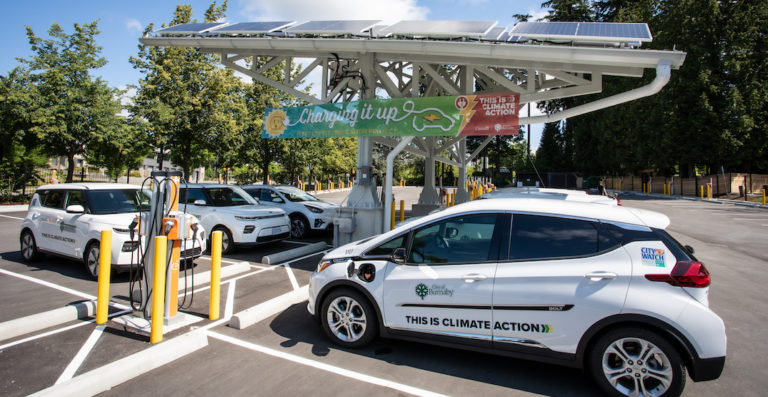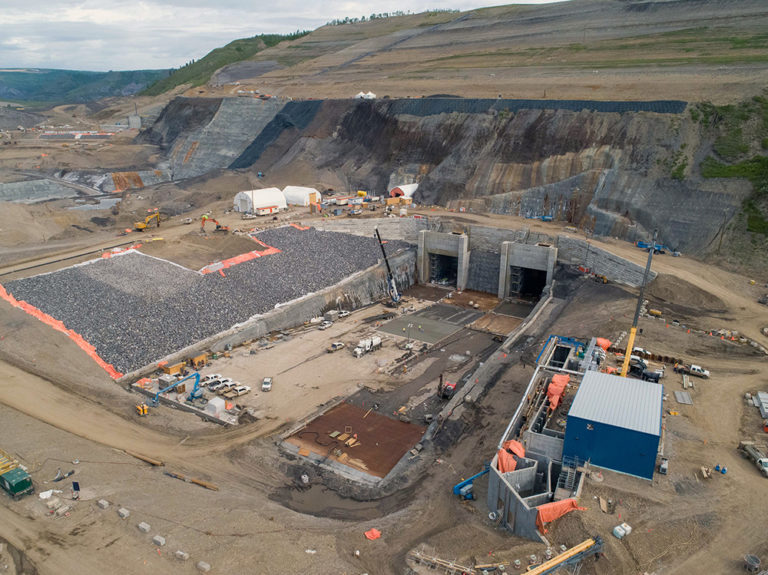The Alex Fraser Bridge sees 119,000 cars cross the bridge every day. They are part of 1.5 million commuters travelling throughout Metro Vancouver. It is a dense network constrained by mountain ranges to the north and east, the United States to the south, and the Pacific Ocean to the west. In recent years, commuters on the Alex Fraser Bridge have experienced lines more than three kilometres long during rush hours.
Capacity Improvements
A team of Binnie transportation engineers, planners, and sub-consultants have come up with a solution for this which includes an innovative movable barrier counterflow system. The engineers have also designed a seventh lane across the bridge, making the absolute most of the 25-metre width of the bridge deck (between parapets). In addition, Binnie will coordinate the installation of 13 new dynamic message signs throughout the road network system. These will provide motorists with advance travel information for all crossings over the Fraser River.
This project has received joint funding from the Provincial and Federal Governments and is expected to be completed by fall 2018.
Snow and Ice Removal
With the heavy snow of 2016, the Alex Fraser bridge experienced closures from falling ice for the first time in its 31 years. Binnie and our team of experts worked together to determine how this was resolved with other bridges and concluded that a cable collar system could help solve this problem. This is similar to the system that was installed on the Port Mann Bridge in 2013. Our team has recommended a simplified ‘manual release’ system, which is expected to be put in place by December 2017.
Photo in heading: Barrier transfer machine on the Golden Gate Bridge in San Francisco, California.
Read More:
Read the Global News story on the two projects.
Read more details on the project design on the Ministry’s website.
Read an overview of the Ministry’s Alex Fraser Bridge Improvement Project.


